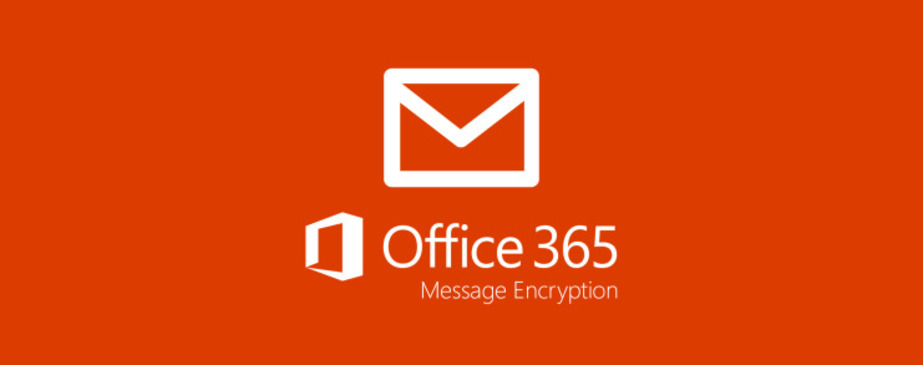Email acts as a vital means of communication which serves individuals and businesses equally well. The simplicity of email communication exposes users to multiple security risks. Sensitive information remains at risk when transmitted through email because phishing attacks and malware, and unauthorized data access happen frequently.
The encryption of email content represents a highly effective approach to protect it. This paper investigates the need for Office 365 email encryption through its advantages and deployment techniques as well as security guidelines.
Understanding Email Encryption in Office 365
The encryption process transforms email data into an encoded structure which remains intelligible only to the recipient who possesses the decryption key. A protected email remains protected when someone intercepts it because the content remains unreadable to any unauthorized persons.
The protection offered by encryption prevents multiple security threats from happening including:
- Phishing Attacks: Fraudulent attempts to obtain sensitive information by disguising as a trustworthy entity.
- Malware: Malicious software designed to damage or gain unauthorized access to computer systems.
- Data Breaches: Unauthorized access to confidential data, leading to potential misuse.
The Importance of Email Encryption in Office 365
Office 365 serves as a common productivity tool that falls under the Microsoft 365 brand and uses Outlook for email functions. Email encryption provides additional protection to the security features that Microsoft 365 offers.
The main reasons to establish Office 365 email encryption include:
- Protecting Sensitive Information: Organizations handle numerous types of confidential data, including financial records, personal information, and business secrets. The encryption process maintains complete security for all information that passes through transmission.
- Compliance with Regulations: Many industries require organizations to protect sensitive data according to specific regulations. Healthcare providers must secure patient information according to HIPAA requirements. Non-compliance can result in legal consequences and damage to reputation.
- Maintaining Customer Trust: Customers expect that their information will be properly secured by companies. Through the use of encryption protocols, organizations demonstrate their dedication to information security, which builds trust with their clients.
- Preventing Unauthorized Access: When emails lack encryption, anyone can intercept them to read their contents. The encryption process protects messages so that only the correct recipient has permission to view the email content.
Methods to Implement Email Encryption in Office 365
Microsoft 365 allows users to secure their emails through various encryption features that meet organization-specific requirements.
- Microsoft Purview Message Encryption: The service enables users to send encrypted messages both within and outside their organization. The recipient can read encrypted messages through a protected online interface even if they use different email providers.
- S/MIME (Secure/Multipurpose Internet Mail Extensions): The S/MIME protocol uses digital certificates to protect and authenticate email messages. The security level of this method is high but it needs sender and recipient to install compatible certificates to work.
- Office 365 Message Encryption (OME): enables users to distribute encrypted messages outside the organization through integration with Microsoft 365. All recipients can read encrypted messages through a secure web portal regardless of their email platform.
Best Practices for Email Encryption in Office 365
Email encryption reaches its maximum effectiveness when organizations follow these recommended guidelines.
- Educate Users: Employees need to learn about email security fundamentals as well as proper encryption tool usage to maintain email security. Security awareness training minimizes human mistakes, which otherwise create security vulnerabilities.
- Regularly Update Security Protocols: Regular security protocol updates, specifically those concerning encryption methods, should be performed to stay protected against new threats.
- Implement Access Controls: User roles and responsibilities determine access permissions for sensitive information to prevent unauthorized access.
- Monitor and Audit Email Communications: The analysis of email logs at scheduled intervals allows organizations to identify security incidents so they can respond accordingly.
- Multi-Factor Authentication (MFA): This should be used to provide enhanced security through multiple verification steps before granting email account access.
Challenges and Considerations
Organizations should understand the potential issues that come with using email encryption to achieve its benefits.
- The recipients who use various email services might experience problems when trying to access encrypted messages. Office 365 enables recipients to securely access encrypted messages through their own web portal.
- The process of guaranteeing employee-wide encryption feature adoption needs continuous staff training alongside active monitoring practices.
- The management of encryption certificates for S/MIME systems requires substantial resources because of administrative complexities. The security advantages delivered by encryption typically create greater value than the operational management needed for them.
Konklusyon
Using encryption for Office 365 emails represents a fundamental security measure that protects confidential data while fulfilling regulatory demands and sustaining customer confidence. Organizations achieve substantial improvements in their email security position by understanding email encryption importance and implementing suitable methods while following best practices. Active measures like email encryption have become essential for protecting digital communications because cyber threats continue to rise in number.







 Walang mga produkto sa cart.
Walang mga produkto sa cart.